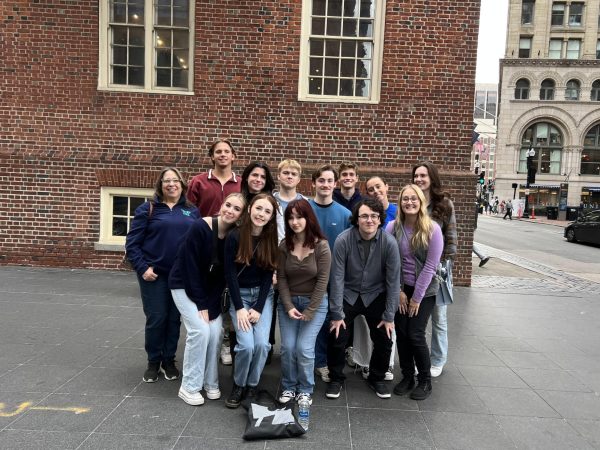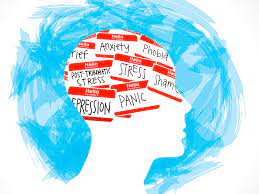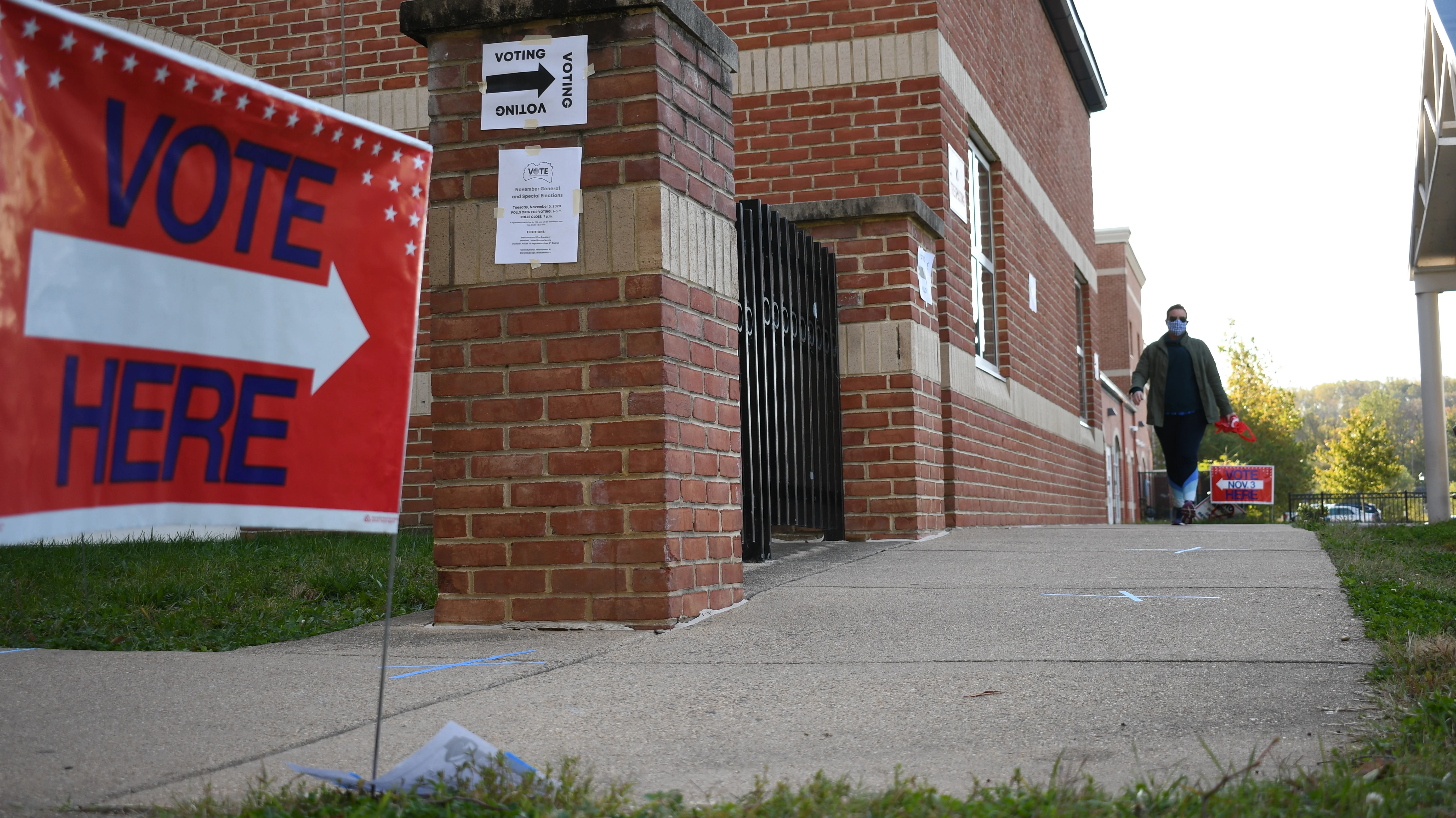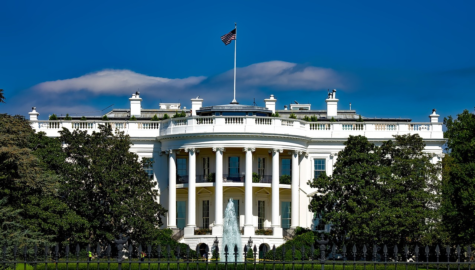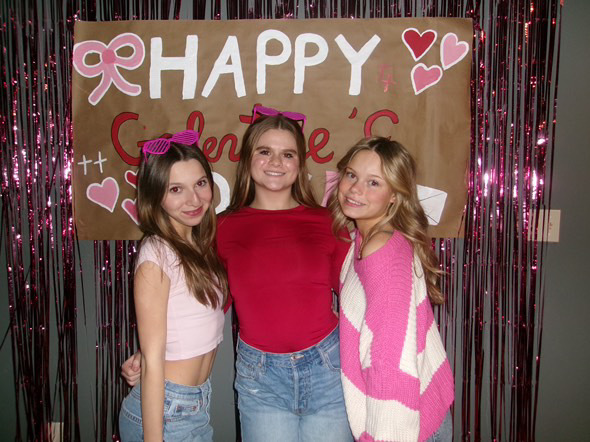My Time at the Washington Journalism and Media Conference
This past summer I attended the Washington Journalism and Media Conference (WJMC); a five day long event with youth correspondents from all over the country.
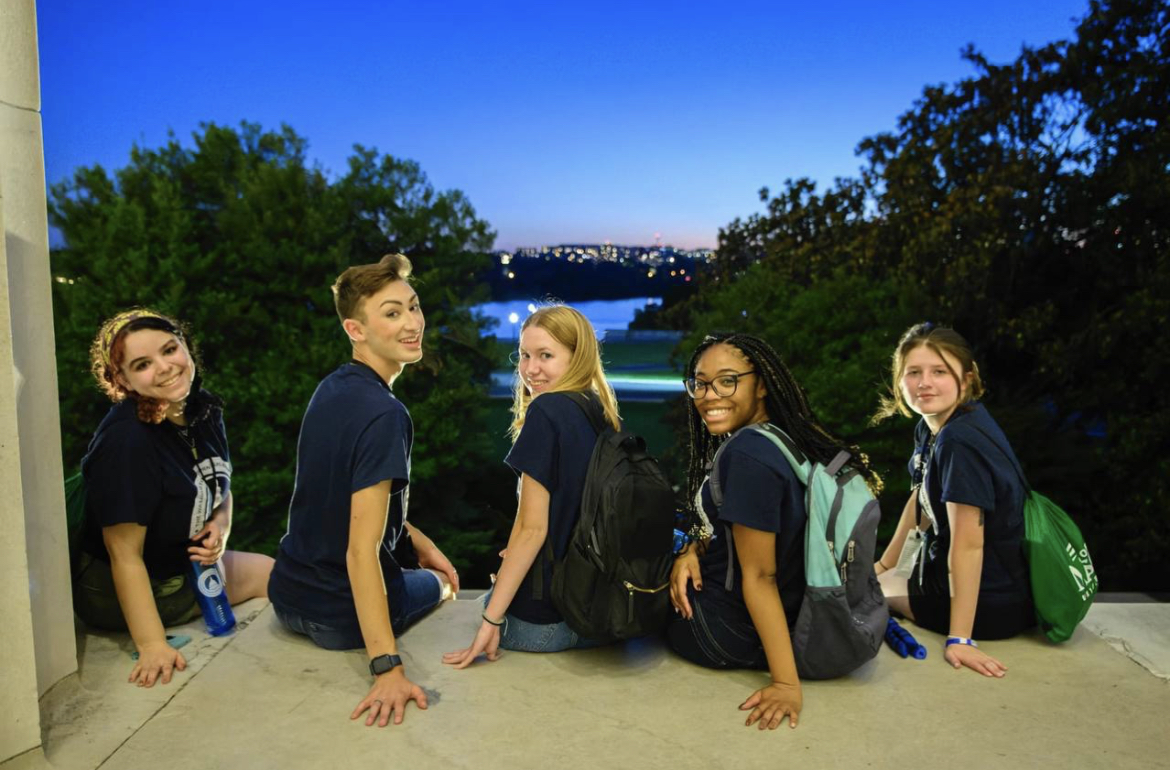
The week started Sunday, July 10th. The conference was in DC and attendees were held in the dorms of George Mason University.The first day consisted of moving in, meeting other correspondents, a tour of the George Mason campus, and concluded with dinner and hearing from WJMC alumni Savannah Behrmann. Behrmann is a senate correspondent for The National Journal and previously worked at USA Today and Politics Now.
In Behrmann’s speech she discussed the importance of networking. To emphasize her point she shared the story of how she got her internship at C-Span after giving the former CEO, Brian Lamb, an elevator pitch; a pitch that is quick enough to give in the time of an elevator ride.
Behrmann ended her speech by giving advice to not be afraid to ask questions, take risks, and always advocate for yourself. Her speech was full of anecdotes, making it more interesting.
Monday- “Journalism in Action”
This day began with Speaker John Hallis, former sports journalist for the Atlanta Journal-Constitution and Time Magazine; now he is the communication director at George Mason. Hollis shared the first class lifestyles he experienced as a sports journalist, like flying everywhere first class, getting put in five star hotels, and being driven around in private towncars.
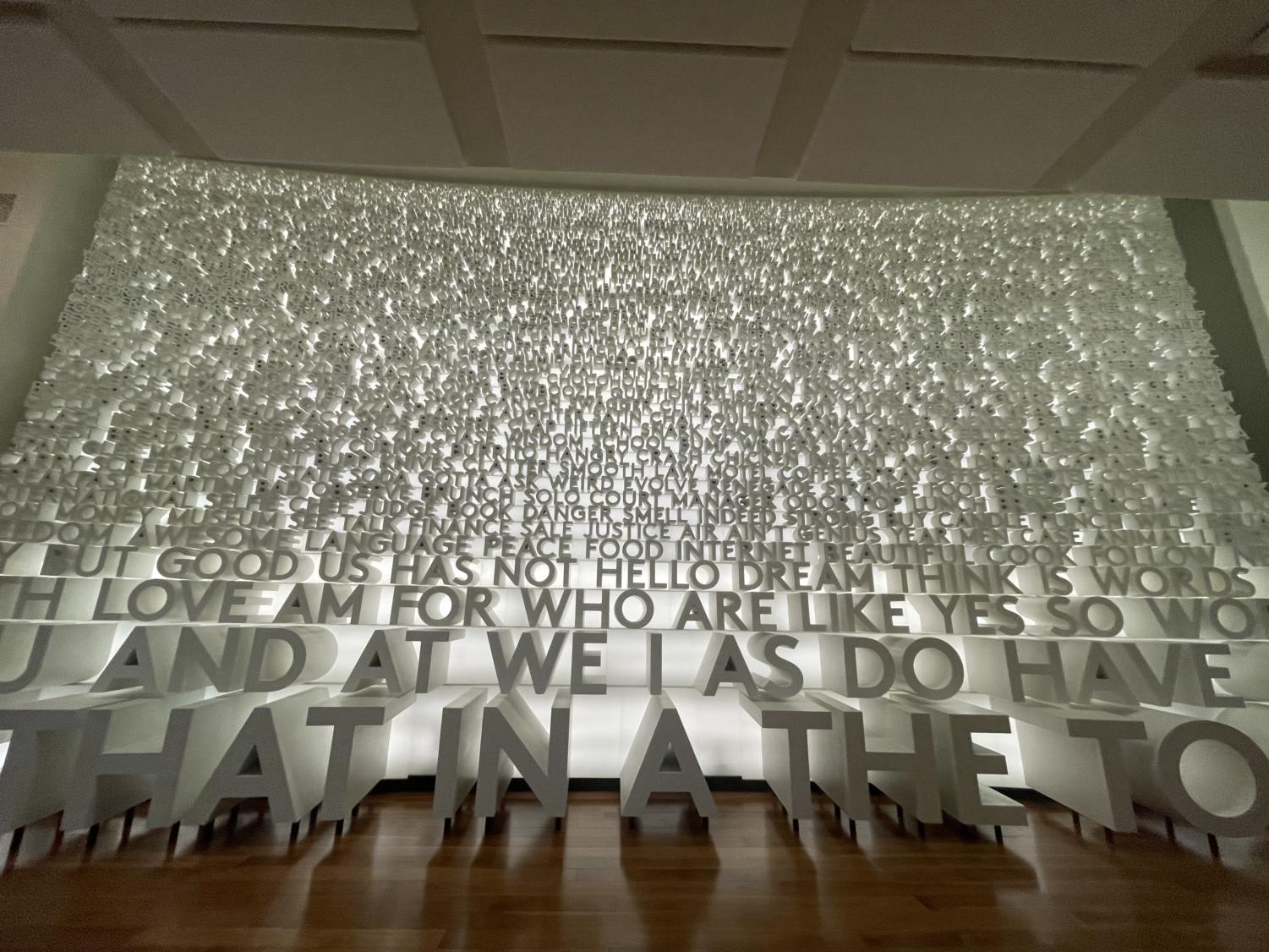
Then we went to Planet Word, an all immersive museum on English Linguistics. While there, we heard from White House correspondent Michael Shear, a White House correspondent for 13 years, who served during the Obama, Trump, and Biden administration.
Shear told the story of when he was one of the handful of journalists who accompanied the Obamas on their first official White House visit to Africa.While on the trip, the former first family visited Senegal’s slave port where Ms. Obama tracked her family’s lineage. After the family entered, the press tried to follow them but were quickly stopped by White House staff informing them that the family had asked for privacy. The reporters felt they deserved to follow the family because it was newsworthy. Shear raised the question: what would you do? Would you respect the family’s request for privacy or would you too try and fight the staff and follow the family around?
After dinner we boarded the buses and went off to look outside the gates of the White House where there were many tourists and protestors for issues like the Ukraine war.
We finished the day with a twilight monument tour. We viewed the WWII memorial as a large group. After that we were given time to explore the Lincoln Memorial and the Vietnam and Korean War memorial on our own.
Stay tuned for the next day!
Tuesday- “Journalism in the Capital”
On Tuesday correspondents were required to dress in professional attire. The day began with hearing from Brian Lamb, the former CEO of C-Span. Lamb has interviewed many notorious public figures like Presidents Nixon, Ford, Carter, Reagan, George H. W Bush, Clinton, George W Bush, and Obama. He has also interviewed many other world leaders like Margaret Thatcher and Mikhail Gorbachev.
Lamb took a different approach when presenting. Instead of giving a speech he asks those attending questions.
I was privileged to be asked a question “Why are you here?” When Lamb asked me that I thought my answer was obvious, “I want to be a journalist.” I responded.
What really stumped me was when he asked me why I wanted to be a journalist. I knew I always wanted to be a journalist, but I never thought why.
After hearing from Lamb we got lunch at NightHawk pizza and were then given time to explore the area for a bit. Our first down time we got since arrival.
Then we went to the National Press Club; the national press club, established in 1908, is an area for journalists, government officials, and those who are seen as newsworthy to meet in a professional and social setting. They host over a hundred private and public events each year.
At the National Press Club we heard from two speakers, Kevin Douglas and Alexis Johnson.
We heard from Douglas first. He is the Co-founder of Report for America, a non-profit organization that works on bringing back independent forms of media. In 1990 there were about 455,000 local journalists, in 2016 there were only 183,200– Douglas hopes to bring that number back up.
Report For America puts different journalists in newsrooms across the nation in hopes to strengthen not only the paper but the trust between journalists and the public.
After hearing from Douglas we heard from VICE News reporter Alexis Johnson. She started with showing the crowd a video she helped create. In the video she called people who were leaving threats to poll workers in Fulton County, Georgia.
Johnson was very well received throughout the majority of correspondents, quickly becoming most people’s favorites. This can be attributed to how relatable she is. The majority of speakers we heard from were older and grew up in a very different journalistic environment that we are in now.
After hearing from Johnson and Douglas we went back on the bus and headed to the George Mason Campus. For the next hour or so we were given time to get dinner at the restaurants on campus.
After grabbing dinner we met up as a group, went over the activities that day, and ended off the night with color feud, like family feud but throughout the color groups.
Your donation will support the student journalists of Woodgrove High School. Your contribution will allow us to purchase equipment, attend conferences, and cover our annual printing and website hosting costs.




